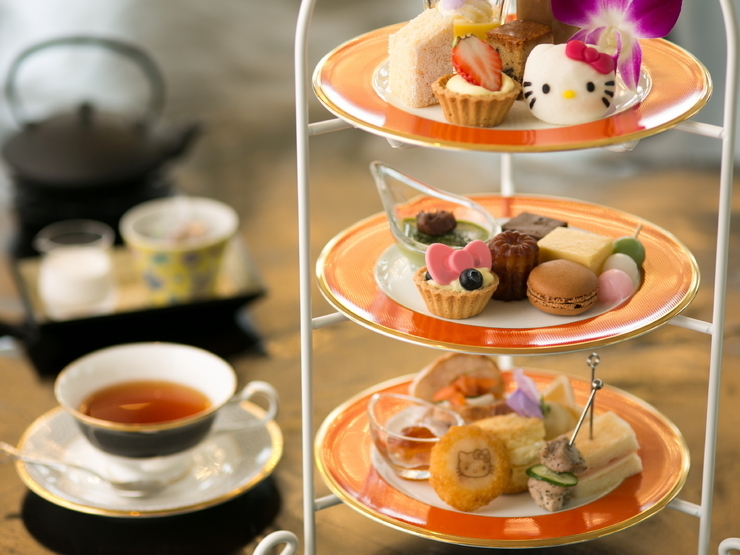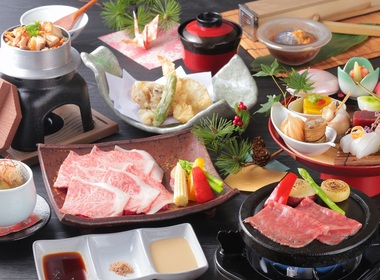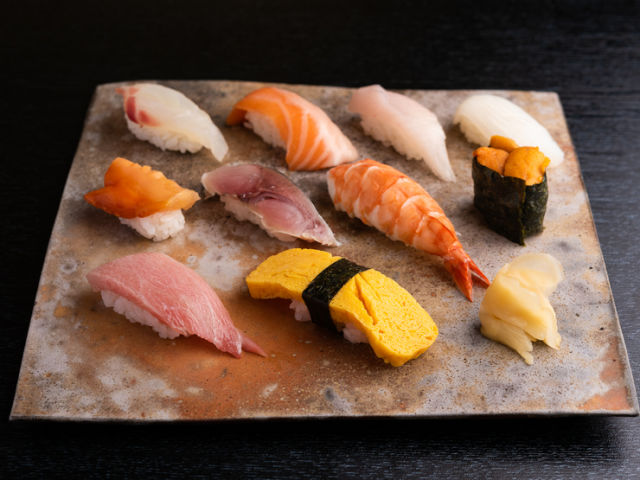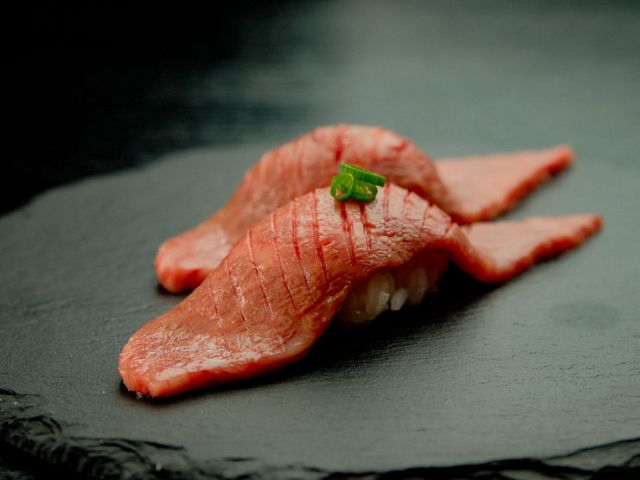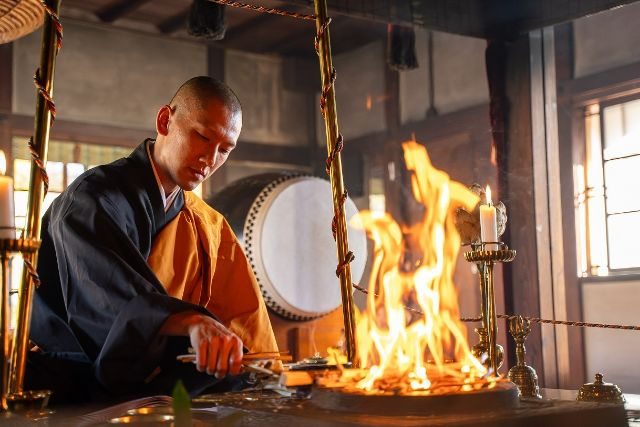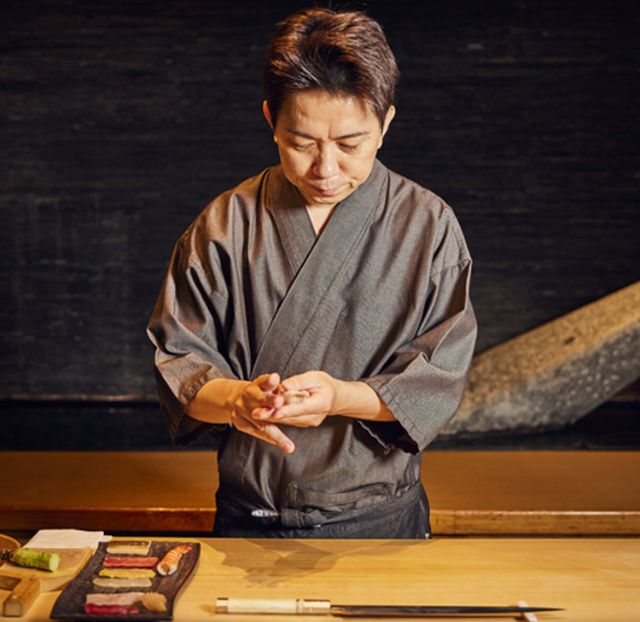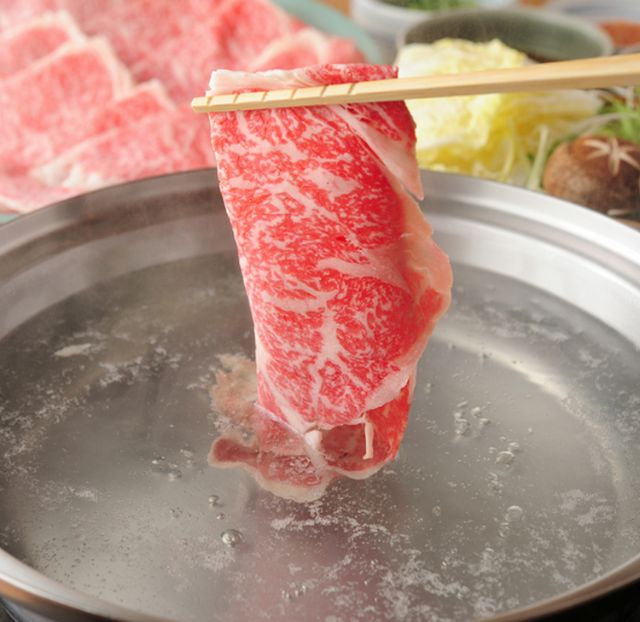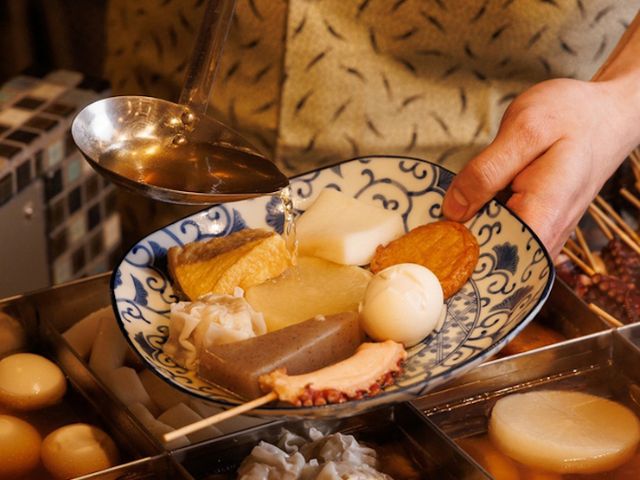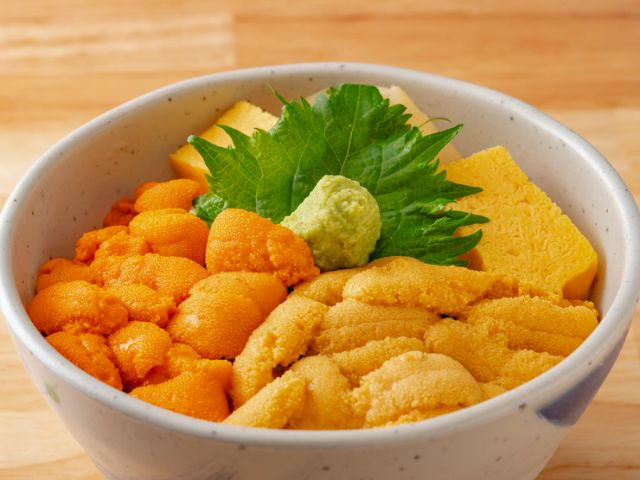Embark on a trip where one can stay at Nara's oldest soy sauce brewery, where on can feel the origins of Japanese food culture
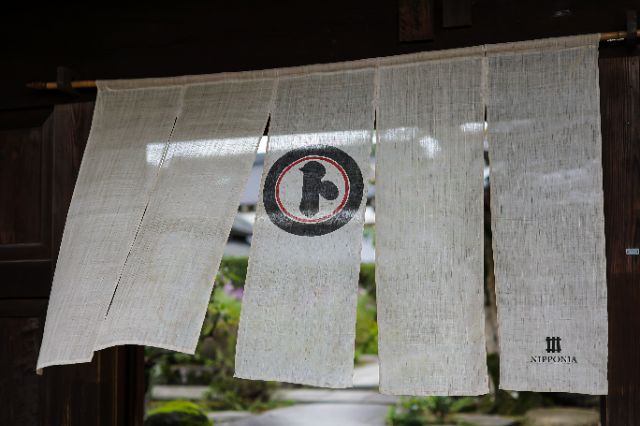
Soy sauce manufacturing that is born with the blessings and history of the Yamato River
Reading the history of soy sauce, it is said that it originates from "jiang," which came from China.
The first appearance of something close to modern-day soy sauce comes from the Ekirin edition of the Setsuyoshu, an everyday Japanese dictionary in the Azuchi-Momoyama Period. However, soy sauce would only become more commonly made a little later in history, during the Edo Period. Many soy sauce breweries were created in locations with rivers, the source of water transportation, and available wheat and soybeans as materials. Soy sauce was made according to the preferred tastes of each region.
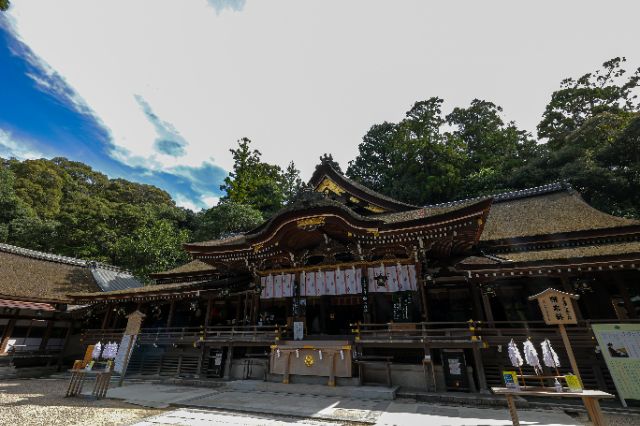
Maruto Shoyu is around 20 minutes to the Omiwa Shrine, where a god of brewing is enshrined
The oldest Maruto Shoyu in Nara was born in 1689. It can be said that this was the time when soy sauce penetrated into people's everyday lives.
Maruto Shoyu is located in a place with an old history, where one can trace back the activities of people to the Yayoi Period. This place has long been blessed by the water and crops of the Yamato River, and during the Edo Period, it was lined with many soy sauce breweries. Maruto Shoyu was especially big among them. Because it made a lot of soy sauce, like a well gushing with water, it came to be known and located by nearby people with the nickname soy sauce well. The name of this high-quality soy sauce, which was used by the Imperial Household, is known far across the country, with orders coming from Yokohama and Okayama.
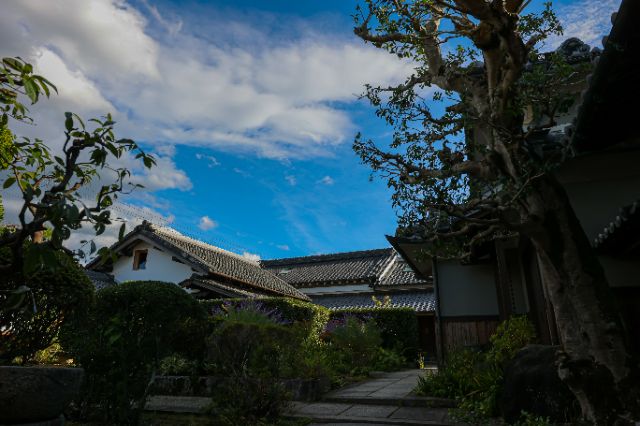
A Soy Sauce Brewery Revived After a 70 Year Gap
With its long history, Maruto Shoyu exists in a building that has largely not changed, in the same location now as when it was founded. On its expansive grounds, it has a soy sauce brewery, guest rooms where one can stay, and facilities with restaurants.
"The lodgings are rebuilt from the place that was housing for artisans who worked at the soy sauce brewery in the past, the place where our family lived, and the storehouse that stored soybeans and wheat. The restaurant has been rebuilt from a guestroom. They're all 'Yamato buildings' constructed during the Edo Period, built with traditional Nara style architecture," says the 18th owner, Mr. Hiroyuki Kimura.
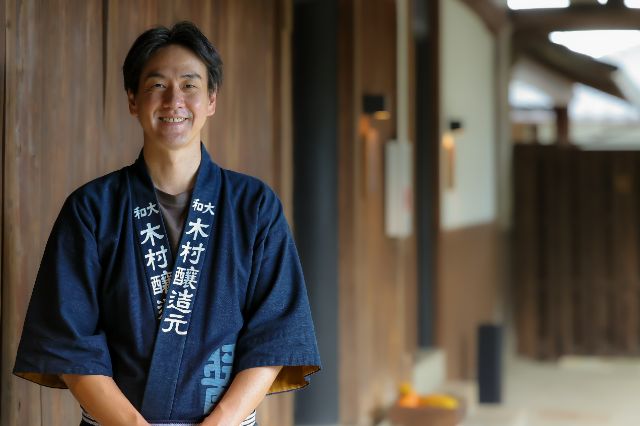
One might think that since this is the 18th generation of ownership, the transition was smooth sailing. However, there has actually been a 70-year gap since the 17th owner, Mr. Kimura's grandfather.
Maruto Shoyu was a successful business. However, procuring locally made soybeans and wheat was quite difficult for Mr. Tobei Kimura, the 17th owner of the period after the war. So around 1950, he was unfortunately driven to close the business.
We have traced back the path of Maruto Shoyu discontinuing its business, but in 2020, it awoke from its long sleep. Mr. Kimura, who worked in the apparel industry, came back and revived the soy sauce brewery. Mr. Kimura looks back on this, stating that the reason he came back was the passing of his grandfather.
One time, when he was organizing his family's storehouse, he found many old documents from the Edo Period. He found close to 1,000 documents, from ledgers to notes on soy sauce. At the time, he was overwhelmed with thoughts of not letting the business's history end there.
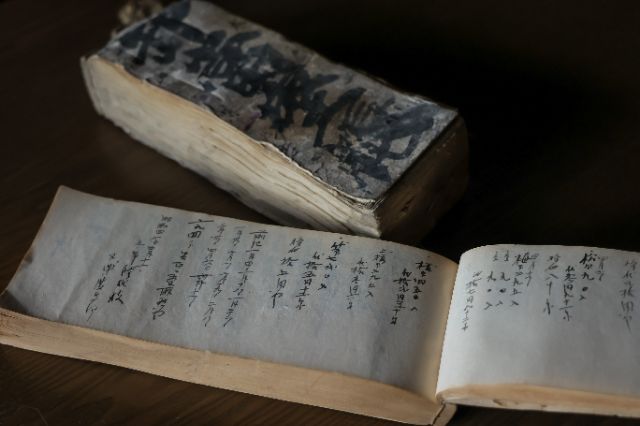
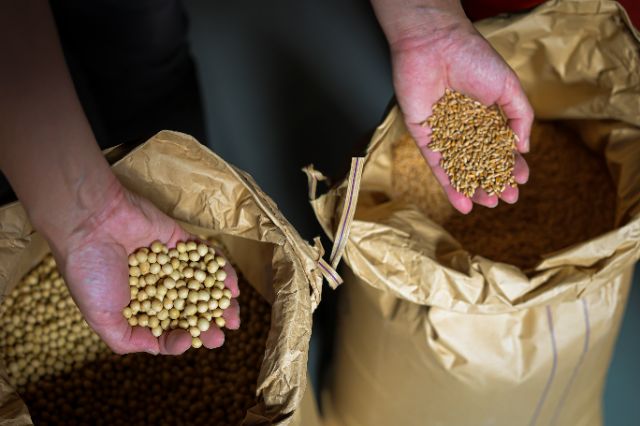
The deciding factors for the flavor were malted rice made from stored yeast taken from the ceiling of buildings that have been around since the company's founding, as well as the local varieties of soybeans and wheat that his grandfather took great pride in. He read those materials and old documents deeply, sought teaching from those knowledgeable about soy sauce production, and spent his days making soy sauce through trial and error.
Five years after he first tried making soy sauce, he is now confident that he has recreated the flavors of Maruto Shoyu and has taken the plunge into opening the soy sauce brewery.
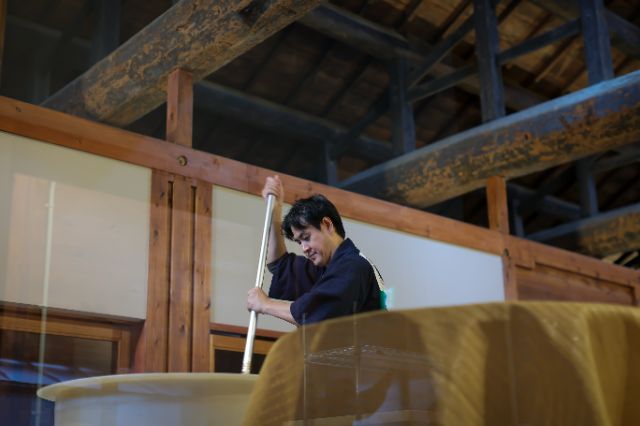
He is very clearly confident that the finished flavors are as close as possible to what his grandfather brewed. However, he did not merely aim to revive this delicious soy sauce. He also thought deeply about the future that would inherit this soy sauce.
"If I revive this soy sauce, it also must be inherited by future generations. But now I'm just making it on my own; there are few ingredients available, and it takes time and effort to make. I can't mass-produce it. Thinking about it, there is just too little soy sauce to distribute anyway. This led me to make an accommodation facility where guests could learn about the history of Maruto Shoyu. And by making a restaurant where guests can taste the soy sauce, I can connect Maruto Shoyu to the future."
A restaurant where guests can open their eyes to the charms of freshly made soy sauce
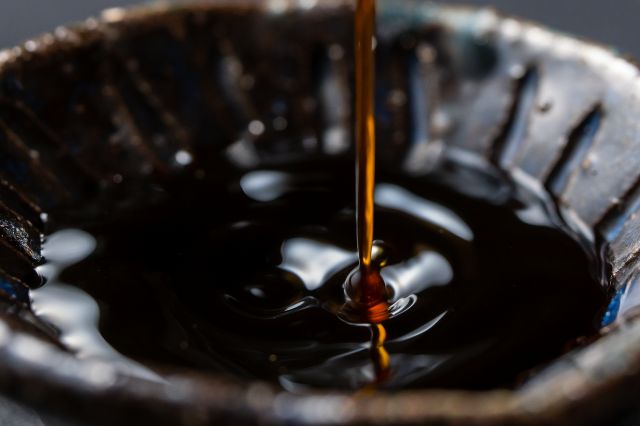
This unique history is rather suitable for conveying the actual charms of Maruto Shoyu. Because only guests who visit Maruto Shoyu can enjoy freshly made soy sauce, where one can feel 300 years of history.
In particular, one can feel the remarkable difference through the soy sauce fragrance. Maruto Shoyu's soy sauce is red-tinged, with mild flavors that are also rich. Their freshly pressed soy sauce is surprisingly rich in fragrance. The fragrances rising up are vivid to the point where they will completely change one's image of soy sauce. Maruto Shoyu also provides hands-on experiences where guests can soon enjoy soy sauce freshly made in the neighboring storehouse.
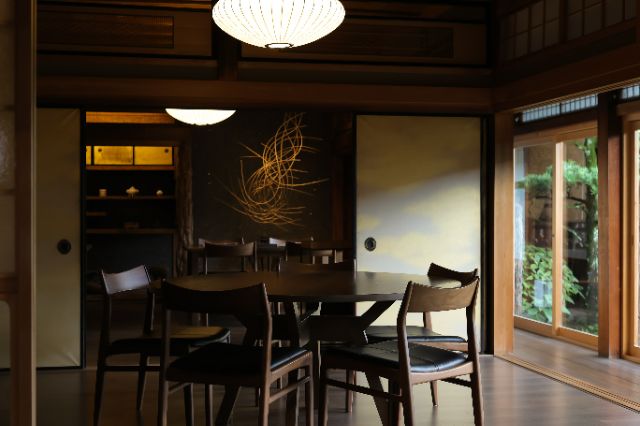
At the building's restaurant, one can enjoy Japanese cuisine that lets one fully enjoy the charms of Maruto Shoyu. This soy sauce made in Nara goes well with Nara ingredients, which the chefs use plenty of, including over 150 kinds of field vegetables cultivated throughout the year by the chef himself and meats produced in Nara. The tailored courses include 7 dishes for lunch and 8 dishes for dinner.
Each dish uses soy sauce, but not just liquid soy sauce is used. The mash lees that are produced in the soy sauce-making process are used as they are, or dried and in powdered form, as seasonings that accent the flavors of dishes.
Soy sauces with different flavors that go well with each dish are available, including "raw," in which the soy sauce is not pressed or cooked, and the "cooked" option.

The "Sashimi" included in the course lets one fully enjoy the flavors and fragrances of pure, freshly pressed soy sauce by Maruto Shoyu. The soy sauce is completely packed with fragrances, so it is served with a dropper. Pour it over the food right before eating it.
The fragrances of the fresh soy sauce spread out softly with just a few drops. The delicious flavors of the soy sauce support the ingredients and make the taste of the sashimi itself clearly stand out. Despite this, there is no lingering aftertaste.
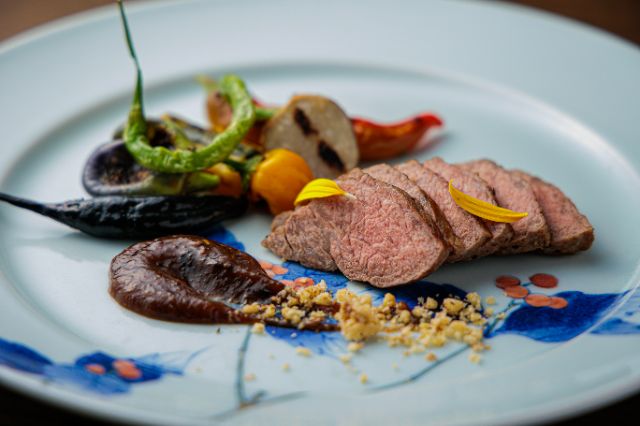
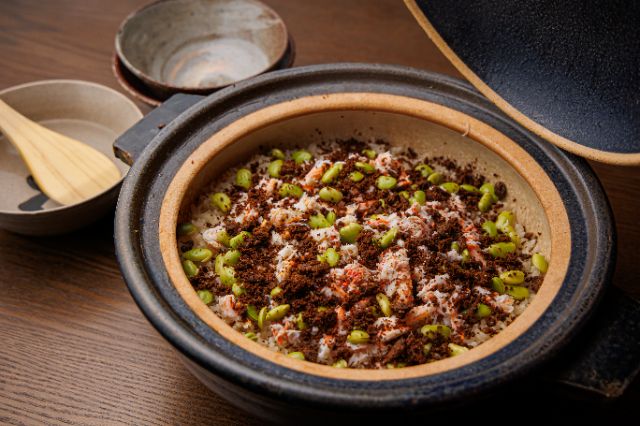
The mash lees, which are different from sake lees, have flavors that could only be made at a soy sauce brewery. Fresh mash goes very well with grilled Yamato beef. The seasoning, which is like miso condensed with the wonderful fragrances of soy sauce, cannot be mail-ordered as the taste changes over time. This highly fragrant mash goes extremely well with meats, such as Yamato pork and Yamato beef.
In addition, the Shira-ae salad (with tofu, white sesame, and white miso dressing) is sprinkled with dried mash. Various forms of soy sauce are served that go well with each dish, including caramel soy sauce quietly incorporated in the post-meal pudding. Guests can once again feel the rich variety of expressions that soy sauce has to offer.

The restaurant accepts guests who are not staying in the accommodations. However, to fully enjoy the experience, staying overnight in one of the guest rooms is recommended.
Go out for a stroll to the nearby Yamato River at dawn and experience scenery that has not changed since 1689, the year Maruto Shoyu was born.
Accommodation facilities are in the Maruto Shoyu grounds.

There are 7 guest rooms in total, which have been designed in accordance with how the soy sauce brewery was once used. Each room has a living space, a bedroom, and a cypress bath. Guests can comfortably relax in these guest rooms, which pursue a functional flow line and comfort while utilizing the old architecture.
Tawaramoto Maruto Shoyu
Closed: Wednesday, the 1st and 3rd Tuesdays
Average price: [Dinner] 13,200 JPY / [Lunch] 5,500 JPY
Access: 10-minute by taxi from Kintetsu Tawaramoto Station
Address: 170, Iyodo, Tawaramoto-cho, Shiki-gun, Nara Map
Disclaimer: All information is accurate at time of publication.
Thank you for reading our article.
Our goal is to take your culinary journey to the next level by helping you find the best restaurant. With SAVOR JAPAN, you can search and make reservations for
the Japanese Cuisine restaurants found in and around Nara that fill your needs.
Discover more Japanese Cuisine restaurants by area
- Tokyo Area
- Near Tokyo
- Kyoto and Osaka Area
- Hokkaido Area
- Northern Honshu (Tohoku)
- Central Honshu (Chubu)
- Western Honshu (Chugoku)
- Shikoku
- Kyushu
- Okinawa and Ryukyu Islands
Discover more restaurants to eat Japanese Cuisine by area
Keywords
Related Articles
New Articles
Categories
Cuisine
- Bars (23)
-
Japanese Cuisine (674)
- Kaiseki (46)
- Nabe (19)
- Okonomiyaki (23)
- Shabu Shabu (36)
- Soba (18)
- Sushi (136)
- Tempura (19)
- Teppanyaki (46)
- Shojin Ryori (3)
- Tonkatsu (11)
- Kushiyaki (10)
- Yakitori (44)
- Sukiyaki (35)
- Japanese Cuisine (341)
- Oyster (2)
- Sashimi/ Seafood (19)
- Unagi (eel) (31)
- Motsu Nabe (offal hotpot) (6)
- Mizutaki (chicken hot pot) (3)
- Oden (8)
- Kaisendon (seafood bowl) (9)
- Udon (2)
- Taverns(Izakaya) Cuisine (122)
- Western Cuisine (42)
- Italian/French Cuisine (94)
- Yakiniku/Steak (220)
- Chinese Cuisine (26)
- Ramen (Noodles) Cuisine (24)
- Cafe/Sweets (60)
- Other Asian Cuisine (5)
- Global/International Cuisine (7)
- Alcohol (45)
- Other (11)
Area
- Shikoku (10)
- Kyoto and Osaka (344)
-
Tokyo (452)
- Tokyo (280)
- Ginza (43)
- Roppongi (21)
- Shibuya (25)
- Shinjuku (46)
- Asakusa (20)
- Ebisu (12)
- Tsukiji (10)
- Tokyo Landmarks (4)
- Ueno (23)
- Akihabara (9)
- Ikebukuro (12)
- Jiyugaoka, Denenchofu, Nakameguro (9)
- Shimokitazawa (4)
- Kichijoji (3)
- Tachikawa (1)
- Omotesando, Harajuku, Aoyama (18)
- Akabane (1)
- Kagurazaka (4)
- Akasaka (10)
- Odaiba (1)
- Tsukishima, Harumi, Toyosu (3)
- Near Tokyo (100)
- Okinawa and Ryukyu Islands (58)
- Hokkaido (124)
- Northern Honshu (Tohoku) (31)
- Central Honshu (Chubu) (143)
- Western Honshu (Chugoku) (32)
- Kyushu (91)
Archives
- December 2025(8)
- November 2025(4)
- October 2025(3)
- September 2025(6)
- August 2025(11)
- July 2025(19)
- June 2025(18)
- May 2025(34)
- April 2025(43)
- March 2025(30)
- February 2025(36)
- January 2025(26)
- December 2024(67)
- November 2024(31)
- October 2024(15)
- September 2024(39)
- August 2024(65)
- July 2024(31)
- June 2024(54)
- May 2024(61)
- April 2024(28)
- March 2024(31)
- February 2024(42)
- January 2024(32)
- December 2023(20)
- November 2023(5)
- October 2023(11)
- September 2023(7)
- August 2023(18)
- July 2023(8)
- June 2023(8)
- May 2023(18)
- April 2023(14)
- March 2023(1)
- January 2023(1)
- April 2022(2)
- March 2022(2)
- February 2022(1)
- January 2022(1)
- July 2021(1)
- March 2021(1)
- February 2021(1)
- December 2020(1)
- October 2020(1)
- September 2020(2)
- August 2020(10)
- July 2020(6)
- June 2020(9)
- May 2020(11)
- April 2020(8)
- March 2020(8)
- February 2020(13)
- January 2020(9)
- December 2019(24)
- November 2019(8)
- August 2019(14)
- July 2019(15)
- June 2019(18)
- May 2019(17)
- April 2019(16)
- March 2019(22)
- February 2019(22)
- January 2019(26)
- December 2018(34)
- November 2018(40)
- October 2018(32)
- September 2018(11)
- August 2018(7)
- July 2018(6)
- June 2018(8)
- May 2018(10)
- April 2018(21)
- March 2018(73)
- February 2018(39)
- January 2018(26)
- December 2017(59)
Keywords
- Omakase
- Accessible
- Affordable
- All-You-Can-Eat
- Amazing Scenery
- anime
- Art
- Autumn
- Awards
- Beer Gardens
- Breakfast
- Chef Recommendations
- Cherry Blossoms
- Chinese
- Close To Station
- Condiments
- Counter
- Coupon
- Crab
- Culture
- Dassai
- Dates
- delivery
- Early Summer
- Editor's Recommendation
- English Available
- Event
- Expo
- Fall Leaves
- Family-Friendly
- Famous Restaurant
- Famous Tourist Spot
- Fast Food
- festival
- fireworks
- Flower Farm
- Free Wi-Fi
- French
- Great Location
- Guide
- Hibachi
- hotpot
- How To
- hydrangea
- Hygiene
- Illumination
- Italian
- Izakaya
- Japanese
- Japanese alcohol
- jingisukan
- Kaiseki
- Kappo
- Kushiage
- Kushikatsu
- Kyoto
- Late-Night
- Lunch
- Manners
- matsusakagyu
- Michelin
- mizutaki
- Model Course
- monjayaki
- motsunabe
- Mt.Fuji
- Multilingual Menus
- Nabe
- Narita Airport
- New Year
- Ninja
- Noodle
- Oden
- Okonomiyaki
- omotenashi
- Onsen
- Osaka
- Osaka Station
- Photogenic Site
- pizza
- PR
- Private Room
- Ramen
- ranking
- Recipe
- Regional Cuisine
- Resort
- Rice Bowl Dish (Donburi)
- sacred places
- Sake
- Sakura
- Sashimi
- sea urchin
- Setouchi Area
- Shabu Shabu
- sightseeing
- Signature Dish
- Soba
- Solo Diners Welcomed
- Spicy Food
- Spring
- Steak
- Summer
- Sunflower
- Sushi
- takeout
- Teppanyaki
- Terrace Seating
- Tokyo
- Tokyo Experiences
- Tokyo Skytree
- Tokyo Tower
- unagi
- UNESCO
- Vegan
- Vegetarian
- Wagyu
- What Popular Gourmet Sites Recommend
- Whisky
- Wine Bar
- Winter
- Wisteria
- Workshop
- World Heritage Site
- World Writers
- Yakiniku
- Yoshoku
- Yuba
- Zen
Discover Restaurants By Area
-
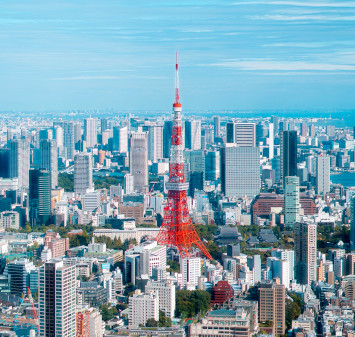
Tokyo Area
Japan's largest city, Tokyo, is the center of culinary culture in Japan. Countless Tokyo restaurants serve every kind of food imaginable and the Toyosu fish market keeps restaurants stocked with the nation's finest fish.
-
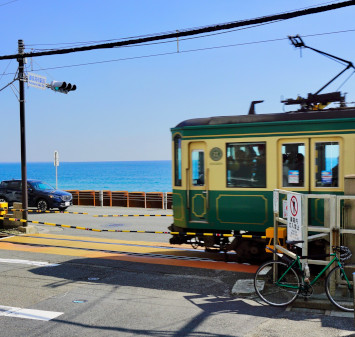
Near Tokyo
Coastal areas, mountains and valleys surrounding Tokyo are bursting with tourist destinations, such as hot springs and ski slopes, where many unique foods are only available locally.
-
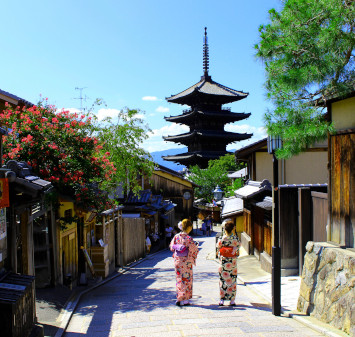
Kyoto and Osaka Area
The cities of Kyoto and Osaka, together with their surrounding areas, have greatly influenced Japan's culinary culture since the 7th Century. The region is renowned for its entertainment, Kobe beef, and wide-ranging traditional dishes.
-

Hokkaido Area
The island of Hokkaido is home to wide-ranging produce of the finest quality, such as rice, meat, vegetables, fish and fruit. Popular dishes from Hokkaido include robatayaki (food slowly roasted on skewers) and Sapporo miso ramen.
-
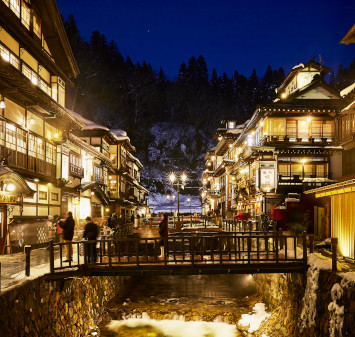
Northern Honshu (Tohoku)
The northern end of Japan's main island, Honshu, is renowned for its seasonal fruit and vegetables, nation-leading harvest of fish (especially tuna from Ohma), and delicious beef from Yonezawa, Sendai and Yamagata.
-
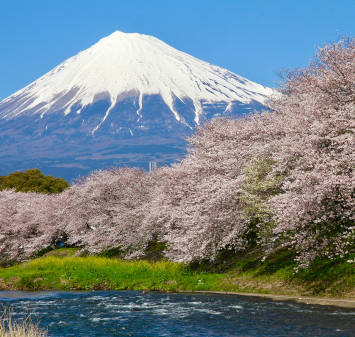
Central Honshu (Chubu)
Chubu is in the center of Japan's main island, Honshu, and its culinary culture reflects its position between Japan's western and eastern halves. Delicious Hida beef, world-famous Mount Fuji and many acclaimed sake breweries are in Chubu.
-
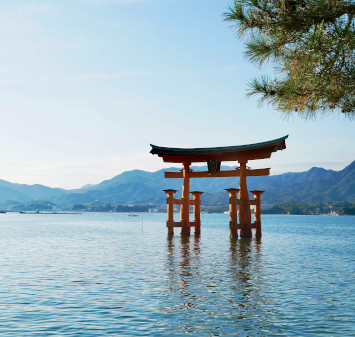
Western Honshu (Chugoku)
Chugoku, on the southwest of Japan's main island, is rich with diverse produce. Many of its products are praised as Japan's best, including Matsuba crabs from Tottori and oysters from Hiroshima. Its pears and muscats are also top grade.
-
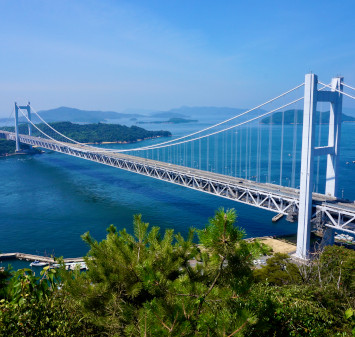
Shikoku
The mild climate of Shikoku is ideal for growing citrus fruit such as sudachi. Shikoku is also famous for Sanuki udon noodles, huge yields of tiger prawn from Ehime Prefecture and the best torafugu (tiger globefish) in the country.
-
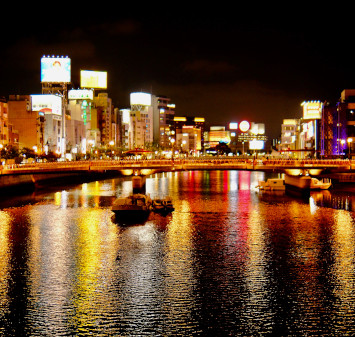
Kyushu
Western culture was first introduced to Japan through Kyushu, Japan's third largest island, where the influence of Portuguese and other western cuisine influenced the creation of a colorful culinary tradition.
-
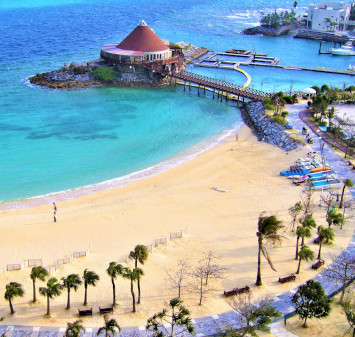
Okinawa and Ryukyu Islands
Okinawa, Japan’s southernmost prefecture, is a treasure trove of distinctive dishes and drinks that have become popular throughout Japan, including Okinawa soba, unique sushi toppings and Awamori distilled liquor.
